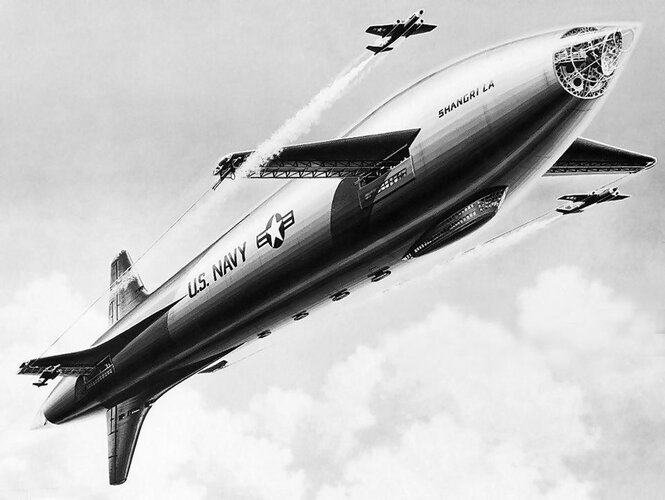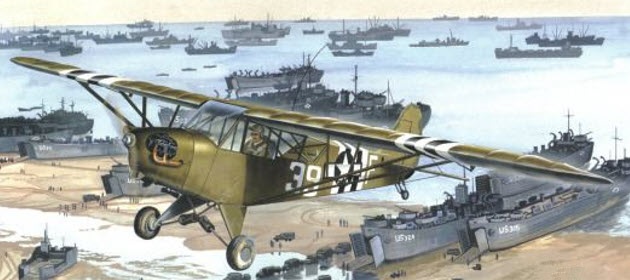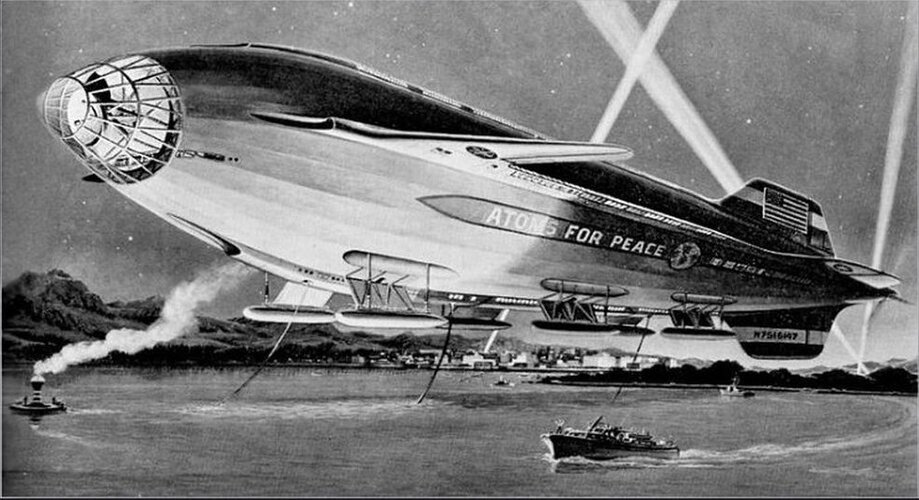Five projects of American giant - atomic and non-atomic - airship designs from Mechanics Illustrated 1948-1957.
Artist-designer Frank Tinsley.
1. The most famous project of a peaceful atomic passenger airship. Mechanics Illustrated 1956 03. The helicopter lands at the top of the gondola. The idea of the project is Dwight D. Eisenhower.
2. The first American project of a colossal passenger airship. Goodyear company. An airy hotel for the bourgeoisie. Mechanics Illustrated 1948 05. I don’t understand if it is nuclear or not. A similar project - Popular Science, also 1948.
3. The coolest passenger airship is a cruise catamaran. Mechanics Illustrated 1957 12. Passengers live in the bridge between the nuclear gondolas. This miracle lands on the water in the ocean to receive passengers.
4. Flying airship-aircraft carrier Shangri-la. Mechanics Illustrated 1954 03. Planes are stored in the middle of the gondola. I don’t understand why Frank Tinsley named the project Shangri-la. Shangri-la is an ashram for the world.
5. Project number one. The airship is a launch pad - cosmodrome. Launching carrier rockets from inside the airship gondola. The rocket stands in the bow of the gondola - and flies from there into space. Mechanics Illustrated 1948 10. I raise a glass of champagne to the great visionary Frank Tinsley.
View attachment 668992



